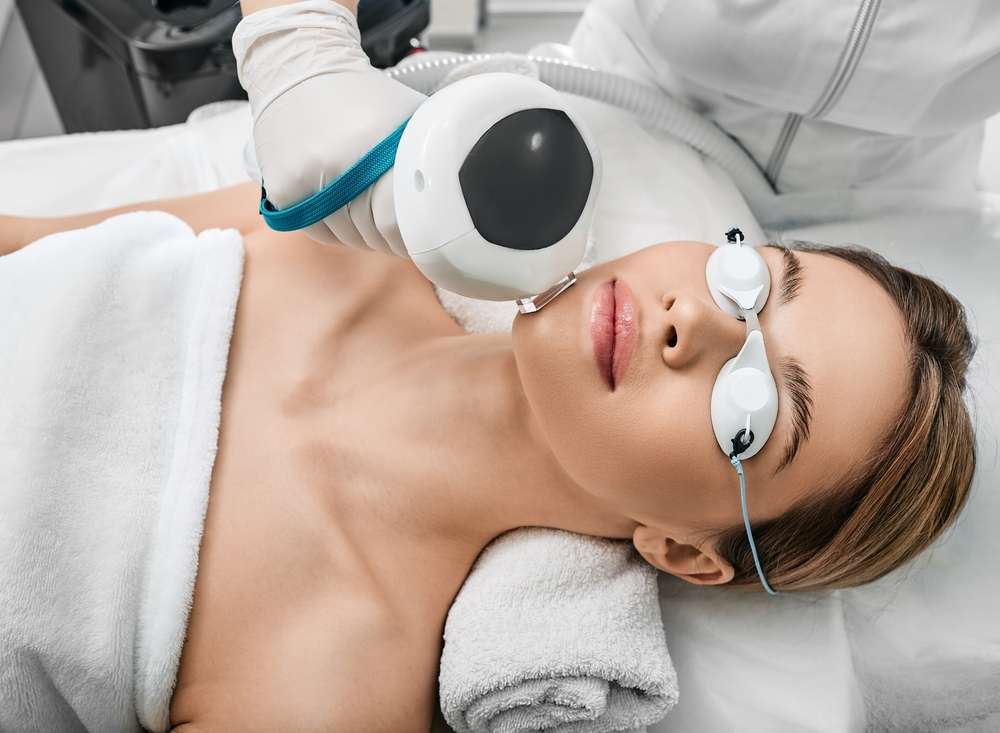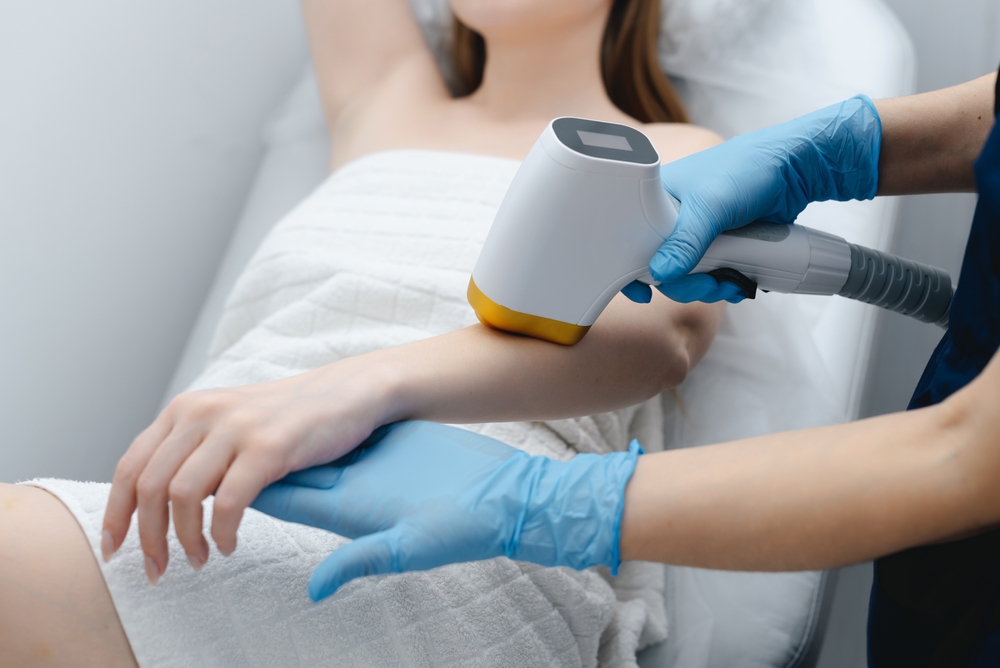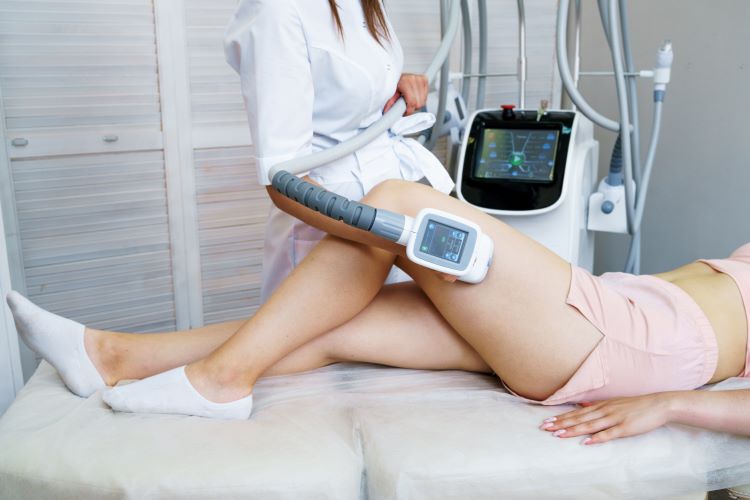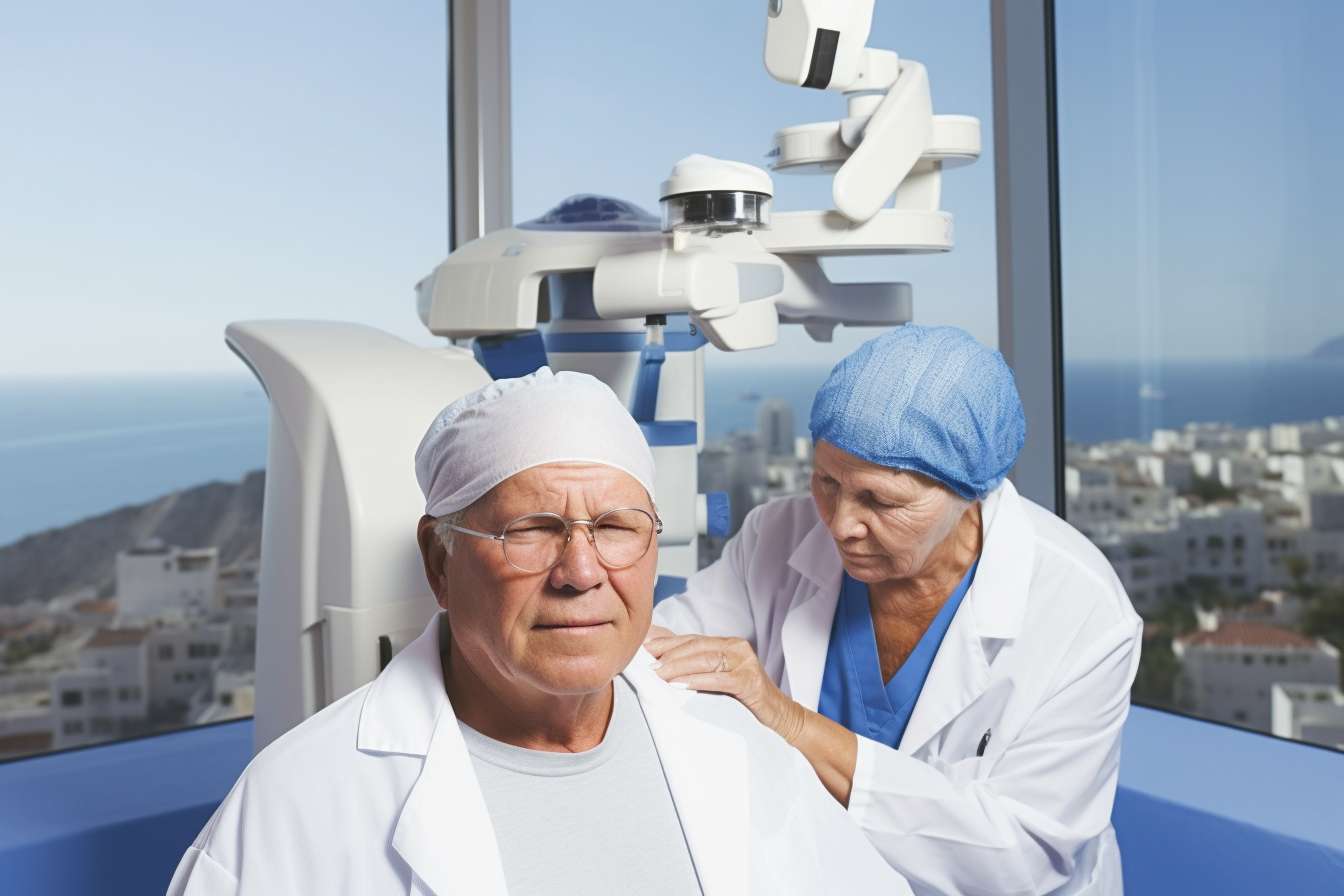Demystifying the Art and Science of Botox: A Comprehensive Guide
No beauty topic has garnered as much attention, debate, and apprehension in recent years as Botox. Hailed as a revolutionary procedure in the beauty world, it has become a buzzword synonymous with youth and beauty, while also drawing criticism for its potential risks and side effects. Let's delve into the world of Botox, exploring its history, the science behind it, its current relevance, impacts, and the unique insights not widely covered elsewhere.
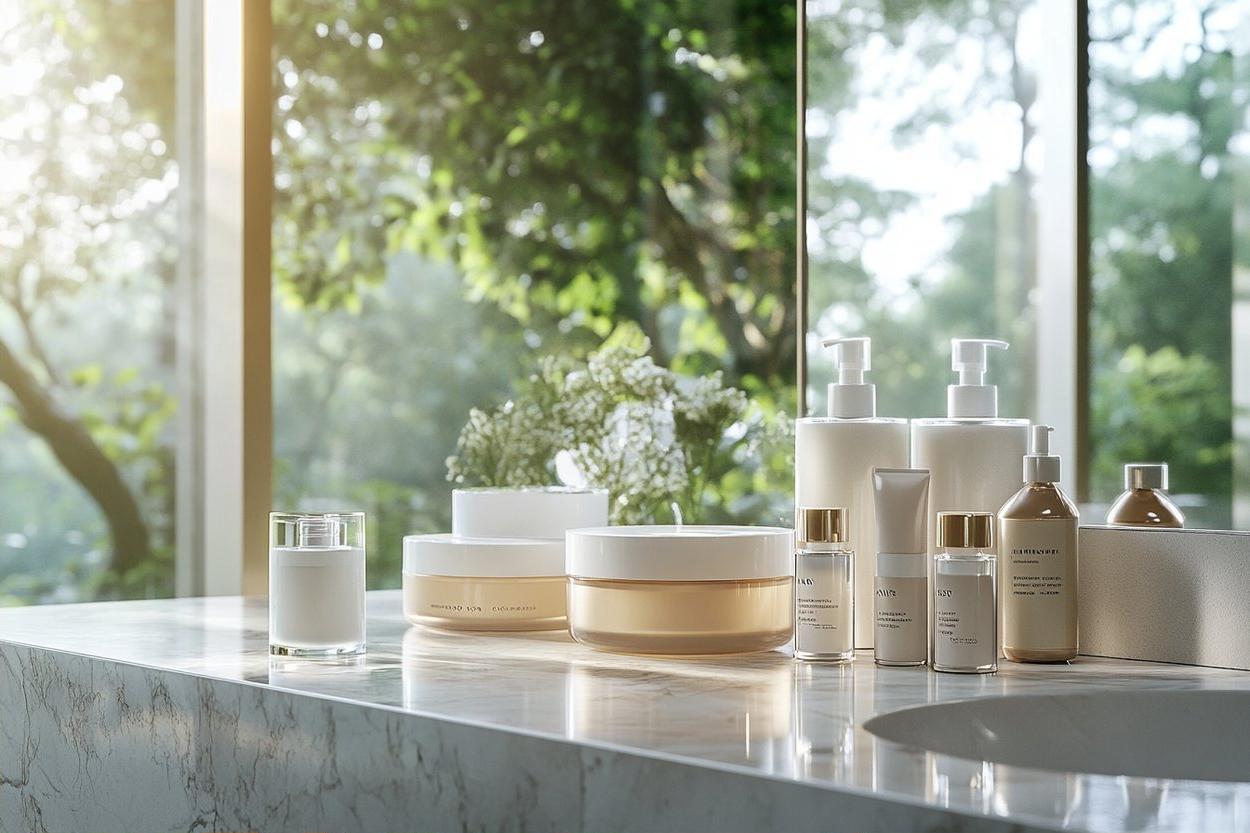
The Historical Journey of Botox
Botox, or Botulinum Toxin, is a protein produced by the bacterium Clostridium botulinum. Though it was identified as a toxin in the 19th century, it was not until the 1980s that its cosmetic application was discovered. Initially used as a treatment for strabismus (crossed eyes) by Dr. Alan Scott, it was noted that the wrinkles around the treated area significantly reduced, paving the way for its cosmetic use.
The Science Behind the Magic
Botox works by blocking the nerve signals to the muscles, causing them to relax and reducing the appearance of wrinkles. This effect is temporary and wears off after a few months, necessitating periodic treatments to maintain the results. Botox does not work on all types of wrinkles, but is most effective on “dynamic” wrinkles that are formed by repetitive muscle movements such as frowning or squinting.
Riding the Wave of Popularity
The popularity of Botox has soared in the past two decades, making it one of the most performed cosmetic procedures worldwide. Its quick, minimally invasive nature and the desire for youthful appearance have contributed to its widespread acceptance. Celebrities openly discussing their Botox treatments has also played a significant role in normalizing its use.
The Impact and Reception of Botox
The impact of Botox on the beauty industry has been profound. It has shifted the focus from invasive surgical procedures to quick, nonsurgical treatments. However, the reception has been mixed. While many hail it as a miracle solution for aging, others argue that it promotes unrealistic beauty standards and discourages natural aging. The risk of side effects, though rare, has also been a concern.
Botox: Beyond the Wrinkles
A lesser-known fact about Botox is its use in treating a variety of medical conditions. It is used to manage excessive sweating, migraines, and certain eye disorders. Recent research also suggests its potential in treating depression, by reducing the ability to frown and thereby influencing mood.
The Road Ahead
The future of Botox looks promising, with ongoing research exploring new applications and ways to make it safer and more effective. However, the debate around its use is likely to continue. It is crucial for anyone considering Botox to have a thorough understanding of the procedure, its risks, and its benefits, and to consult with a qualified professional.
In conclusion, Botox, like any medical or cosmetic procedure, comes with its benefits and risks. Its burgeoning popularity is a testament to its effectiveness in reducing the signs of aging and its potential in treating various medical conditions. However, the ongoing discourse surrounding its use underscores the importance of informed decision-making when it comes to cosmetic procedures. As the beauty industry continues to evolve, Botox will undoubtedly remain a key player in the conversation about beauty, aging, and the lengths we are willing to go to achieve our desired appearance.

